Home>Maintenance & Safety>Pest Control Solutions>How To Repel Yellow Jackets
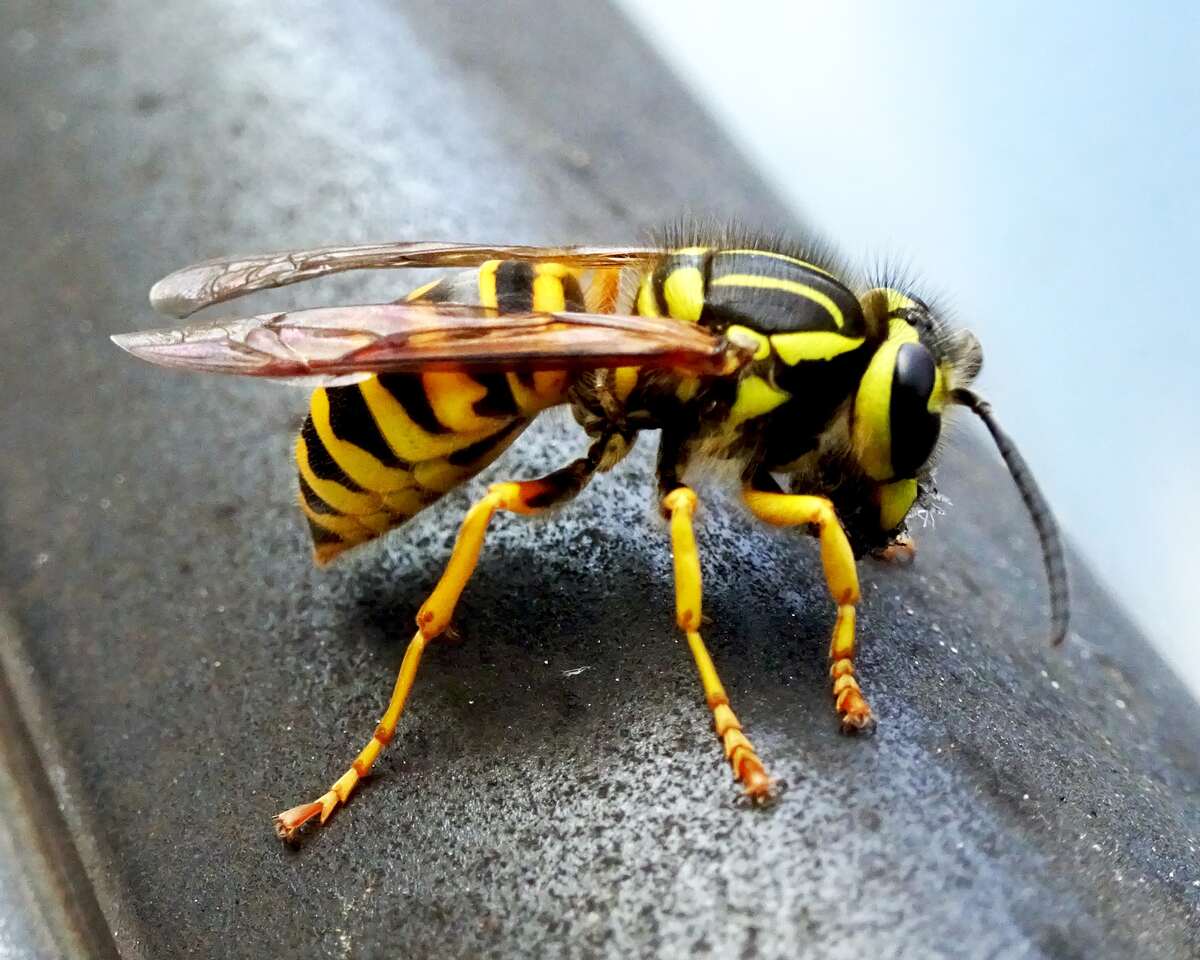

Pest Control Solutions
How To Repel Yellow Jackets
Modified: March 2, 2024
Learn effective pest control solutions to repel yellow jackets and keep your home safe. Discover expert tips and techniques for yellow jacket prevention and removal.
(Many of the links in this article redirect to a specific reviewed product. Your purchase of these products through affiliate links helps to generate commission for Storables.com, at no extra cost. Learn more)
Introduction
Yellow jackets are a common nuisance for many homeowners, especially during the warmer months. These aggressive insects can quickly turn a peaceful outdoor gathering into a chaotic scene of swatting and dodging. Understanding how to repel yellow jackets is essential for maintaining a safe and enjoyable outdoor environment.
In this comprehensive guide, we will explore various methods for repelling yellow jackets, from natural repellents to homemade traps and professional pest control options. By gaining a deeper understanding of these buzzing pests and learning effective repellent strategies, you can reclaim your outdoor spaces and enjoy a worry-free environment.
Whether you're dealing with a small yellow jacket presence or a full-blown infestation, this guide will equip you with the knowledge and tools needed to effectively repel these stinging insects. With a combination of preventative measures and targeted repellent techniques, you can create a yellow jacket-free zone and regain control of your outdoor living spaces.
Now, let's delve into the world of yellow jackets and discover the most effective strategies for repelling these persistent pests.
Key Takeaways:
- Natural repellents like peppermint oil, citrus sprays, and cucumber slices can create a hostile environment for yellow jackets, keeping outdoor spaces pest-free and pleasant for everyone to enjoy.
- Homemade traps using simple items like plastic bottles and ripe fruits offer an effective and eco-friendly way to capture and control yellow jacket populations, ensuring a safer outdoor environment for all.
Read more: What Plants Repel Yellow Jackets
Understanding Yellow Jackets
Yellow jackets, scientifically known as Vespula and Dolichovespula, are predatory insects belonging to the family Vespidae. These aggressive stinging insects are commonly mistaken for bees due to their similar appearance, but they possess distinct characteristics that set them apart. Yellow jackets are known for their yellow and black striped bodies, slender waists, and characteristic buzzing flight patterns. Unlike bees, yellow jackets are not covered in dense body hair and are capable of stinging repeatedly, making them a formidable threat when their nests are disturbed.
These social insects live in colonies, with each colony consisting of a queen, workers, and males. The queen is responsible for laying eggs and maintaining the colony's population, while the workers are tasked with foraging for food, expanding the nest, and protecting the queen and larvae. Yellow jackets are highly adaptable and can build their nests in a variety of locations, including underground burrows, hollow trees, wall voids, and even in human-made structures such as attics and wall cavities.
Yellow jackets are opportunistic feeders, with a diet that includes a wide range of food sources. While they are known for their aggressive behavior when defending their nests, they are also attracted to sugary substances, ripe fruits, and protein-rich foods. This scavenging behavior often brings them into close proximity with humans, especially during outdoor gatherings where food and beverages are present.
Understanding the behavior and habits of yellow jackets is crucial for implementing effective repellent strategies. By gaining insight into their nesting preferences, foraging patterns, and response to environmental cues, homeowners can take proactive measures to deter these pests and minimize the risk of stings. With a deeper understanding of yellow jackets, you can develop targeted repellent approaches that disrupt their nesting sites and discourage their presence in your outdoor spaces.
Identifying Yellow Jacket Nests
Yellow jacket nests can be found in a variety of locations, and identifying these nesting sites is crucial for implementing effective repellent strategies. Understanding the characteristics and typical locations of yellow jacket nests can help homeowners take proactive measures to minimize the risk of encountering these stinging insects. Here are key points to consider when identifying yellow jacket nests:
-
Nest Characteristics: Yellow jacket nests vary in size and appearance depending on the species and the stage of development. Early in the season, the nests may be small and inconspicuous, resembling papery, umbrella-shaped structures. As the colony grows, the nests can expand significantly, reaching the size of a basketball or larger. The outer layer of the nest is constructed from wood fibers and saliva, giving it a papery texture and appearance.
-
Above-Ground Nests: Yellow jackets often build their nests in above-ground locations, such as trees, shrubs, and the eaves of buildings. These exposed nests are typically visible and can be easily identified by their distinctive shape and the constant activity of yellow jacket workers coming and going.
-
Underground Nests: In addition to above-ground locations, yellow jackets frequently establish their nests underground. These subterranean nests are often concealed beneath the soil, making them more challenging to detect. Common nesting sites include abandoned rodent burrows, hollow tree stumps, and other underground cavities.
-
Wall Cavities and Structures: Yellow jackets are known for nesting in human-made structures, including wall voids, attics, and other enclosed spaces. When nesting within buildings, they may gain access through gaps, cracks, or openings in the exterior. Identifying yellow jacket nests within structures requires careful observation and may involve listening for the characteristic buzzing and activity near the nest site.
-
Foraging Patterns: Observing the foraging behavior of yellow jackets can provide valuable clues about the proximity of their nests. Yellow jackets are highly active when foraging for food, and they often follow distinct flight paths to and from their nests. By tracking their movements and observing where they congregate, homeowners can narrow down the potential locations of nearby nests.
By familiarizing themselves with the characteristics and typical locations of yellow jacket nests, homeowners can effectively identify and monitor potential nesting sites on their properties. This knowledge serves as a critical foundation for implementing targeted repellent strategies and minimizing the risk of yellow jacket encounters.
Natural Repellents for Yellow Jackets
Natural repellents offer an environmentally friendly and non-toxic approach to deterring yellow jackets from outdoor living spaces. By harnessing the power of natural ingredients and scents, homeowners can create a hostile environment for yellow jackets while avoiding the use of harsh chemicals. Here are several effective natural repellents for yellow jackets:
Peppermint Oil
Peppermint oil is renowned for its potent scent, which is highly effective at repelling yellow jackets. The strong, minty aroma disrupts the insects' olfactory senses, making it difficult for them to locate food sources and nesting sites. To use peppermint oil as a repellent, simply dilute it with water and spray the solution around outdoor gathering areas, entry points, and potential nesting sites. Additionally, placing cotton balls soaked in peppermint oil near problem areas can provide ongoing protection against yellow jackets.
Read more: How Harmful Are Yellow Jackets?
Citrus-Based Sprays
Yellow jackets have a strong aversion to citrus scents, making citrus-based sprays an excellent natural repellent option. Lemon, orange, and lime essential oils can be diluted with water and applied to outdoor surfaces to create a barrier that deters yellow jackets. Additionally, citrus peels can be strategically placed around outdoor dining areas to discourage these pests from approaching. The refreshing aroma of citrus not only repels yellow jackets but also adds a pleasant fragrance to outdoor spaces.
Cucumber Slices
Surprisingly, the scent of cucumbers is unappealing to yellow jackets, making cucumber slices an effective natural repellent. Placing cucumber slices in strategic locations, such as outdoor tables and serving areas, can help deter yellow jackets from approaching. This simple and eco-friendly approach provides a natural barrier against these pests while adding a touch of freshness to outdoor settings.
Essential Oil Diffusers
Utilizing essential oil diffusers with repellent oils such as lemongrass, eucalyptus, or clove can effectively deter yellow jackets from outdoor gathering areas. These aromatic oils create an invisible barrier that disrupts the insects' navigation and foraging behaviors. By strategically placing diffusers around outdoor spaces, homeowners can create a pleasant and yellow jacket-free environment for themselves and their guests.
Vinegar Solutions
Vinegar, particularly apple cider vinegar, can serve as a natural deterrent for yellow jackets. By mixing equal parts vinegar and water in a spray bottle, homeowners can create a repellent solution that can be applied to outdoor surfaces, picnic tables, and other areas prone to yellow jacket activity. The strong odor of vinegar disrupts the insects' ability to locate food sources and can help discourage them from lingering in the vicinity.
By incorporating these natural repellents into outdoor living spaces, homeowners can effectively create a hostile environment for yellow jackets while minimizing the use of synthetic chemicals. These natural solutions not only repel yellow jackets but also contribute to a safer and more sustainable approach to pest management.
Read more: How To Trap Yellow Jackets
Homemade Traps for Yellow Jackets
Homemade traps offer an effective and economical solution for controlling yellow jacket populations in outdoor environments. By utilizing common household items and simple construction techniques, homeowners can create traps that capture and contain these stinging insects, reducing their presence and minimizing the risk of encounters. Here are several homemade trap options that can help manage yellow jacket populations:
Bottle Traps
One of the most popular homemade traps for yellow jackets involves repurposing plastic bottles to create a simple yet effective trapping mechanism. To construct a bottle trap, begin by cutting the top third of a plastic bottle and inverting it into the base, creating a funnel-like entrance. A sweet bait, such as a mixture of fruit juice and sugar, can be placed inside the trap to attract yellow jackets. Once lured inside, the insects are unable to escape and become trapped in the bottle. This method provides an efficient way to capture yellow jackets without the need for complex materials or tools.
Fruit-Based Traps
Yellow jackets are attracted to ripe fruits and sweet substances, making fruit-based traps an effective means of capturing these pests. By placing pieces of ripe fruit, such as slices of melon or overripe berries, in a container with a narrow entrance, homeowners can create a baited trap that lures yellow jackets inside. Adding a small amount of water or fruit juice to the container can further enhance the attractiveness of the trap. Once inside, the yellow jackets are unable to navigate the narrow entrance and become trapped, allowing for safe and effective population control.
Soap and Water Traps
A simple yet ingenious homemade trap for yellow jackets involves using a solution of soapy water to immobilize and capture the insects. To create this trap, fill a shallow container with water and add a small amount of liquid dish soap. The soapy water reduces the surface tension, causing yellow jackets that come into contact with it to become trapped and unable to escape. Placing these traps in areas where yellow jackets are active, such as near outdoor dining spaces, can help reduce their numbers without the need for harmful chemicals or complex mechanisms.
Read more: How To Keep Away Yellow Jackets
DIY Jar Traps
Mason jars or similar containers can be repurposed into effective yellow jacket traps with the addition of a bait and a simple entrance modification. By drilling or cutting a small entrance hole in the lid of the jar and adding a sweet bait, such as sugar water or fruit juice, homeowners can create a targeted trapping solution. Once inside the jar, the yellow jackets are unable to find their way out, allowing for safe and efficient population management.
By implementing these homemade traps, homeowners can take proactive measures to control yellow jacket populations and minimize their presence in outdoor living spaces. These DIY solutions offer a cost-effective and environmentally friendly approach to pest management, providing peace of mind and a safer outdoor environment for all.
Professional Pest Control Options
When facing a significant yellow jacket infestation or encountering nests in challenging locations, seeking professional pest control services becomes a prudent course of action. Pest control professionals possess the expertise, specialized equipment, and targeted strategies necessary to effectively address yellow jacket infestations and ensure the safety of the surrounding environment. Here are the professional pest control options available for managing yellow jackets:
Integrated Pest Management (IPM)
Integrated Pest Management (IPM) represents a comprehensive and environmentally sensitive approach to pest control, emphasizing the use of multiple strategies to manage yellow jacket populations. Pest control professionals adept in IPM techniques employ a combination of tactics, including habitat modification, exclusion measures, and targeted pesticide applications. By integrating these strategies, they can effectively reduce yellow jacket populations while minimizing the impact on non-target organisms and the surrounding ecosystem.
Nest Removal and Extermination
Professional pest control services often include the safe and thorough removal of yellow jacket nests from residential and commercial properties. Pest control experts are equipped to locate and access nests in various locations, including wall voids, attics, and underground burrows. Once the nests are located, the professionals employ specialized techniques to remove them, ensuring the complete elimination of the yellow jacket colony. Additionally, targeted extermination methods may be utilized to address persistent infestations and prevent future nesting activity.
Read more: What Is Yellow Jackets About
Pesticide Applications
In cases where yellow jacket infestations pose a significant threat to human health and safety, pest control professionals may employ targeted pesticide applications to control populations and mitigate the risk of stings. These applications are carried out with precision and adherence to safety protocols, minimizing the impact on non-target organisms and the surrounding environment. Pest control experts are trained to select and apply pesticides in a manner that maximizes effectiveness while minimizing potential risks to humans, pets, and beneficial insects.
Preventative Measures and Consultation
Beyond addressing existing yellow jacket infestations, professional pest control services often include preventative measures and consultation to minimize the risk of future encounters. Pest control experts can provide valuable insights and recommendations for modifying outdoor environments to deter yellow jackets, such as sealing entry points, implementing landscaping changes, and utilizing repellent strategies. By leveraging their expertise, homeowners can proactively safeguard their properties against future infestations and create a more resilient outdoor living space.
Ongoing Monitoring and Maintenance
Professional pest control services extend beyond immediate interventions, encompassing ongoing monitoring and maintenance to ensure long-term yellow jacket management. Pest control experts can establish monitoring protocols to track yellow jacket activity, assess the effectiveness of control measures, and make adjustments as needed. By providing consistent support and follow-up services, pest control professionals offer homeowners peace of mind and a proactive approach to managing yellow jacket populations.
In summary, professional pest control options for yellow jackets encompass a multifaceted and targeted approach to managing infestations, removing nests, and implementing preventative measures. By enlisting the expertise of pest control professionals, homeowners can address yellow jacket infestations effectively and create a safer outdoor environment for themselves and their families.
Preventing Yellow Jackets from Returning
Preventing the return of yellow jackets is essential for maintaining a pest-free outdoor environment and ensuring the safety and comfort of homeowners and their guests. By implementing proactive measures and making targeted modifications to outdoor spaces, homeowners can create an inhospitable environment for yellow jackets, discouraging their return and minimizing the risk of future infestations.
Read more: How Many Yellow Jackets In A Nest
Sealing Entry Points
One of the most effective ways to prevent yellow jackets from returning is to identify and seal potential entry points around the property. Yellow jackets can exploit small gaps, cracks, and openings in structures to gain access to nesting sites and foraging areas. By conducting a thorough inspection of the exterior of the home, including eaves, siding, and rooflines, homeowners can identify and seal entry points using caulk, weatherstripping, or other appropriate sealants. This proactive measure not only deters yellow jackets but also helps prevent other pests from infiltrating the property.
Proper Food and Waste Management
Yellow jackets are attracted to food sources, particularly sugary substances and protein-rich foods. Implementing proper food and waste management practices can significantly reduce the attractiveness of outdoor spaces to these pests. This includes promptly cleaning up food and beverage spills, securing trash receptacles with tight-fitting lids, and minimizing the presence of exposed food items during outdoor gatherings. By removing potential food sources, homeowners can make their outdoor spaces less appealing to yellow jackets, reducing the likelihood of their return.
Landscaping Modifications
Strategic landscaping modifications can play a crucial role in deterring yellow jackets from returning to outdoor living spaces. This may involve minimizing the presence of flowering plants that attract yellow jackets and opting for landscaping designs that discourage nesting and foraging. Additionally, keeping vegetation well-trimmed and maintaining a tidy outdoor environment can limit potential nesting sites and hiding places for these pests. By creating an environment that is less conducive to yellow jacket activity, homeowners can proactively reduce the risk of infestations.
Regular Nest Inspections
Regular inspections of the property, including potential nesting sites, can help homeowners detect and address yellow jacket activity before it escalates into a full-blown infestation. By remaining vigilant and observant, homeowners can identify early signs of yellow jacket nesting, such as increased insect activity, buzzing sounds near structures, or the presence of yellow jacket workers. Promptly addressing these signs through targeted repellent strategies or professional intervention can prevent the establishment of large colonies and minimize the likelihood of yellow jackets returning.
Read more: What Attracts Yellow Jackets
Educating Residents and Guests
Educating residents and guests about yellow jacket behavior and the importance of proactive prevention can contribute to a collective effort in deterring these pests from returning. By raising awareness about the habits of yellow jackets, the potential risks of encounters, and the significance of maintaining a pest-free environment, homeowners can foster a shared commitment to prevention. Encouraging responsible behavior during outdoor activities, such as covering food and beverages, disposing of waste properly, and avoiding aggressive swatting, can further support the prevention of yellow jacket infestations.
By incorporating these preventative measures into their pest management approach, homeowners can create a resilient and yellow jacket-free outdoor environment. Through proactive strategies, ongoing vigilance, and a collective commitment to prevention, homeowners can minimize the risk of yellow jackets returning and enjoy a safer and more enjoyable outdoor living experience.
Frequently Asked Questions about How To Repel Yellow Jackets
Was this page helpful?
At Storables.com, we guarantee accurate and reliable information. Our content, validated by Expert Board Contributors, is crafted following stringent Editorial Policies. We're committed to providing you with well-researched, expert-backed insights for all your informational needs.
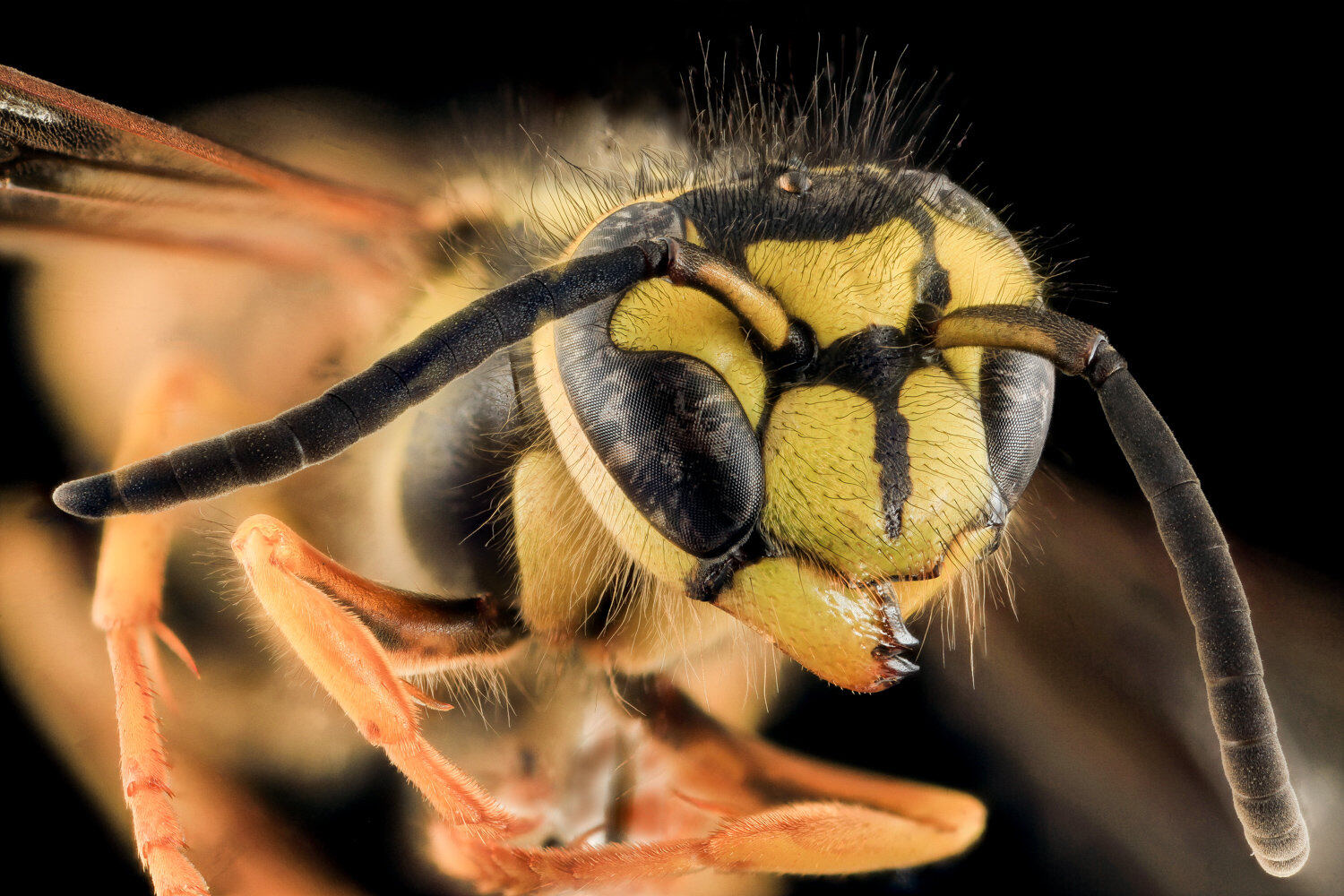
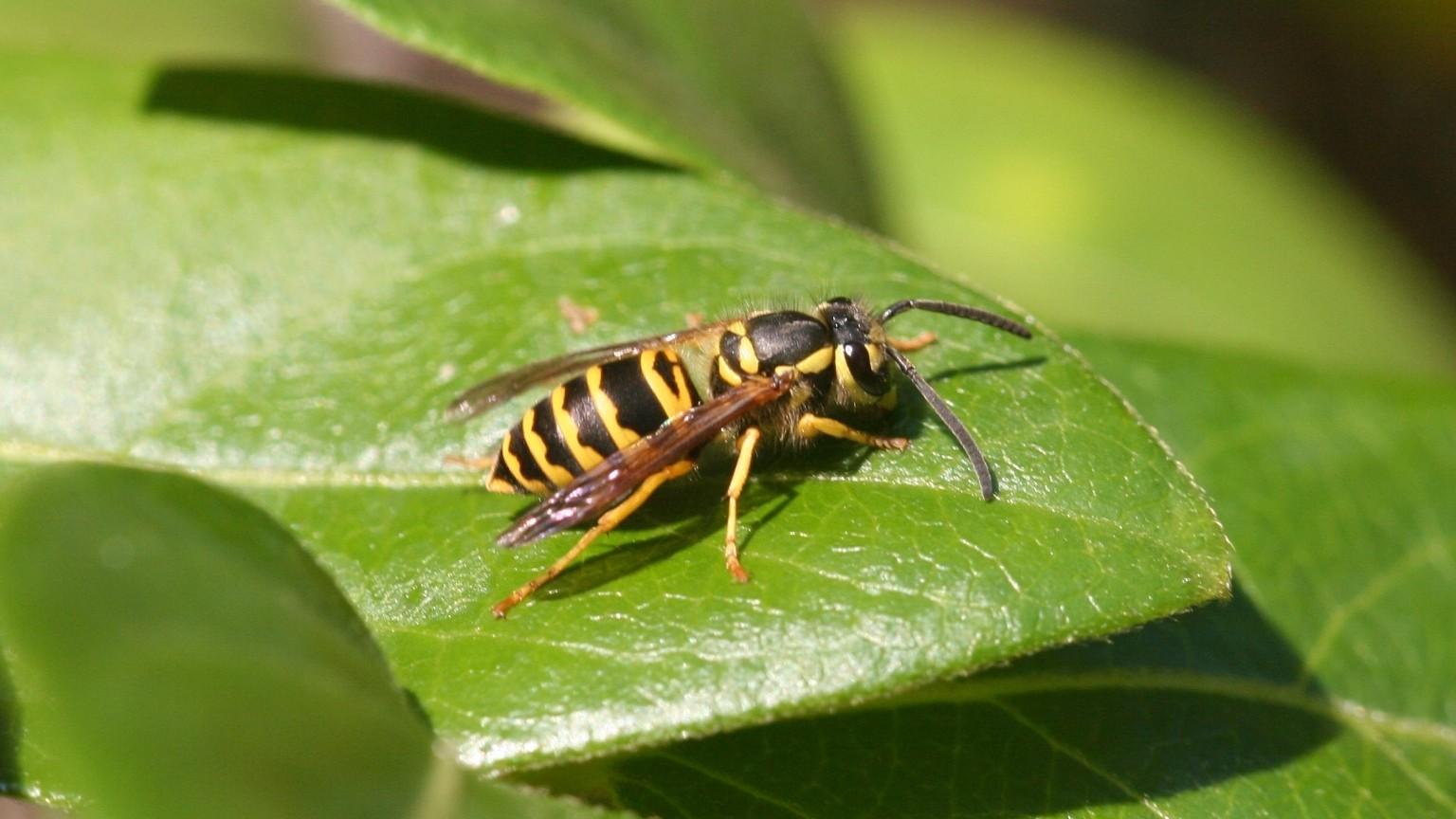
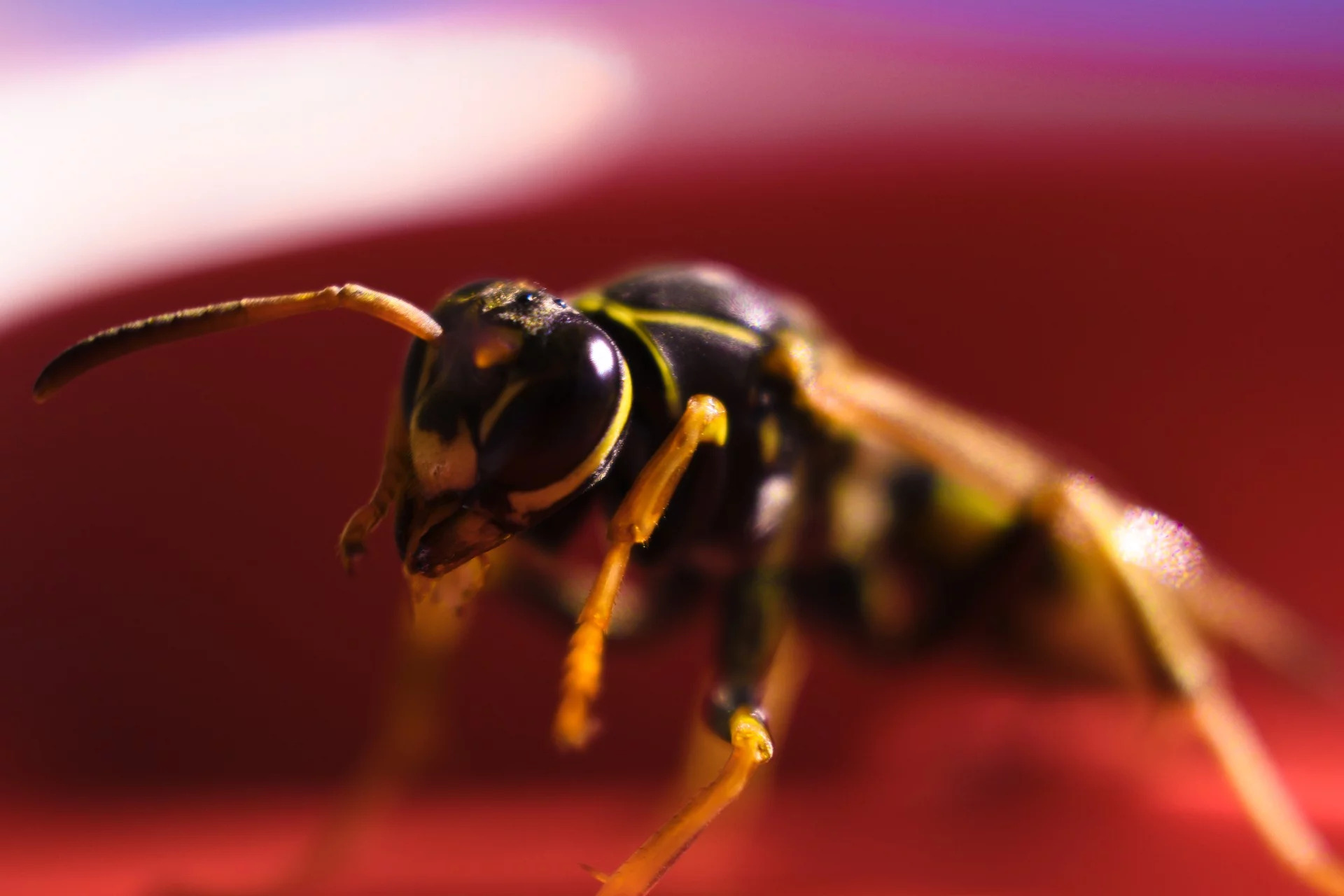
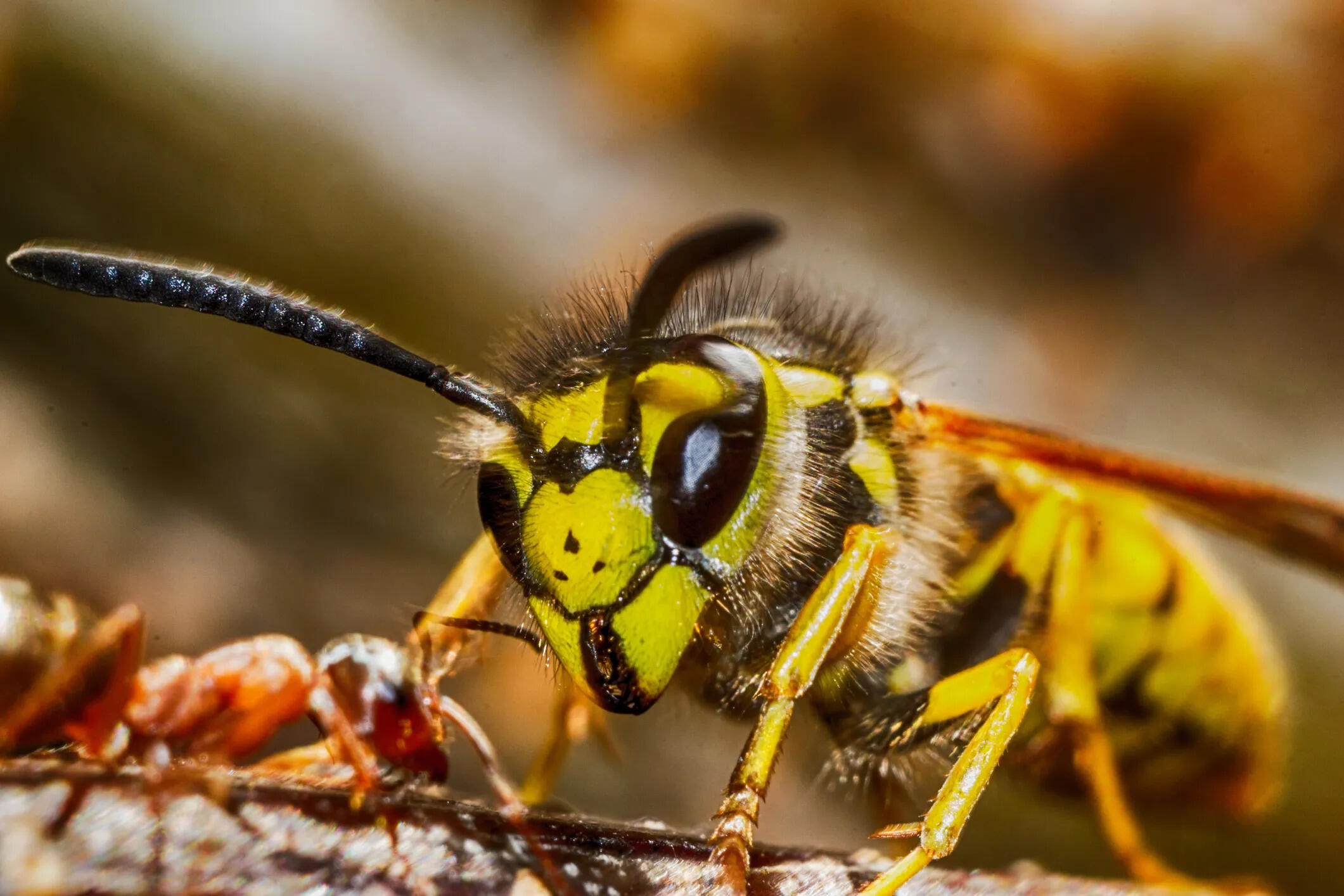
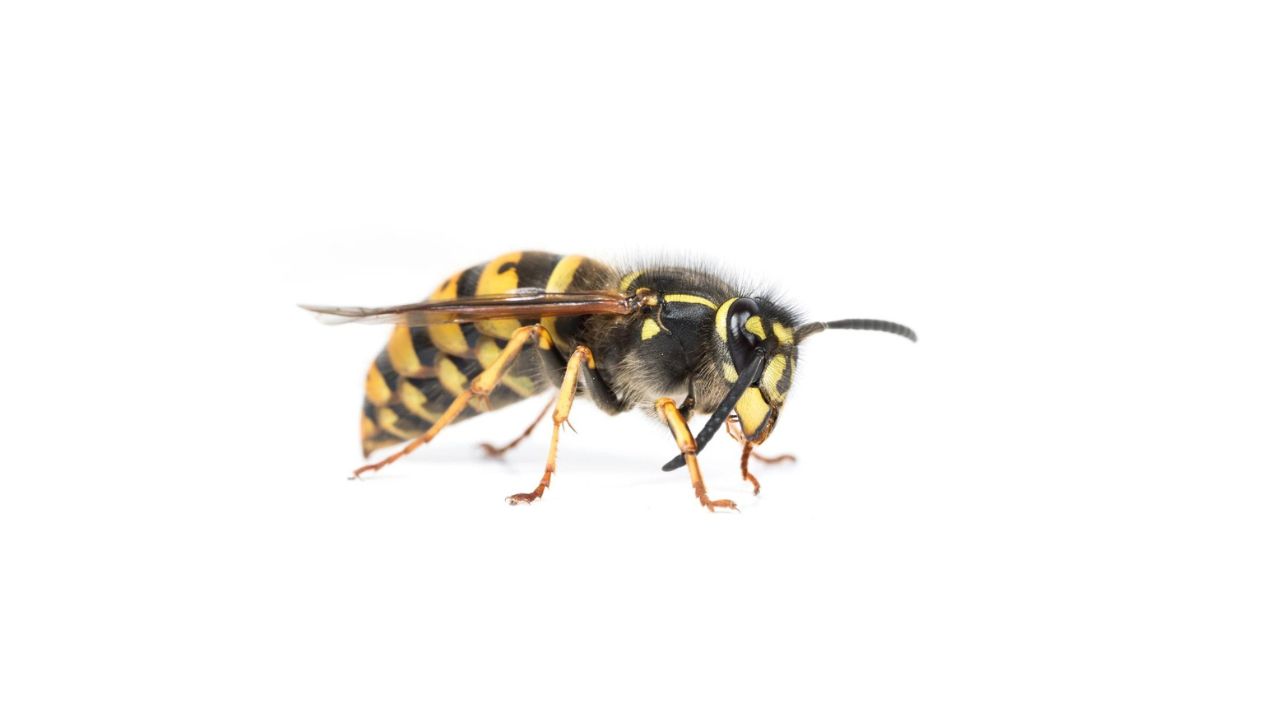
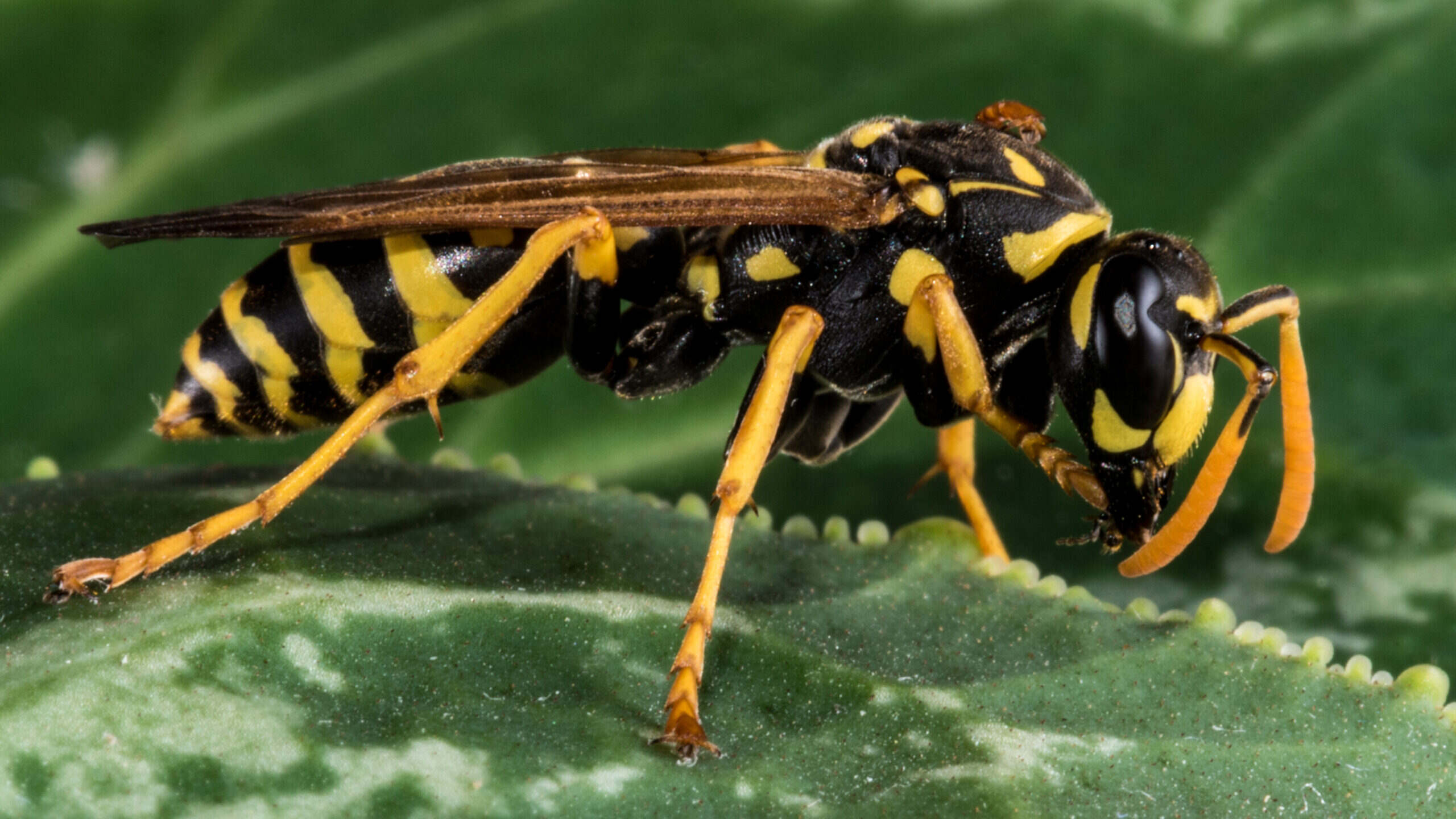
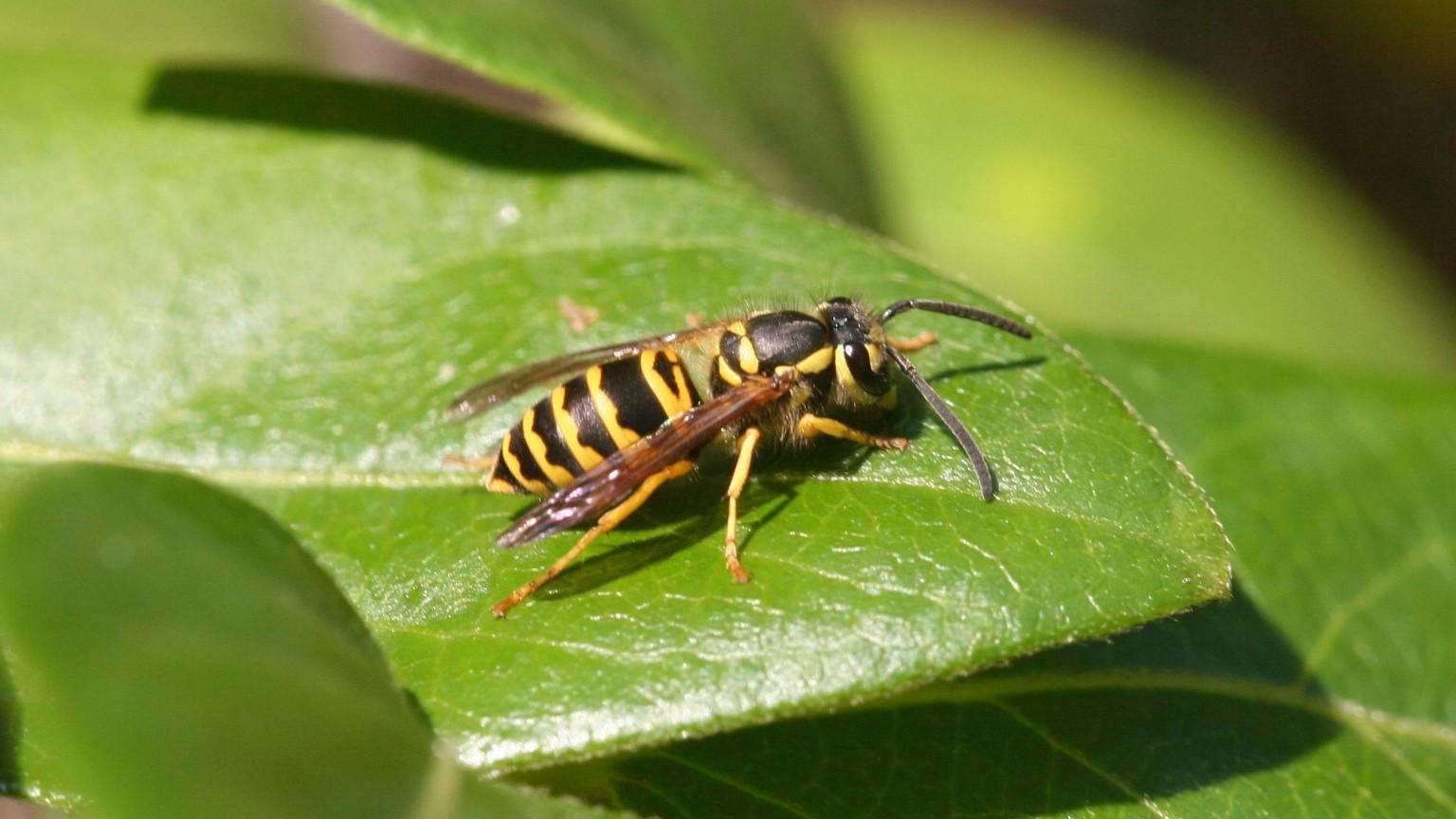
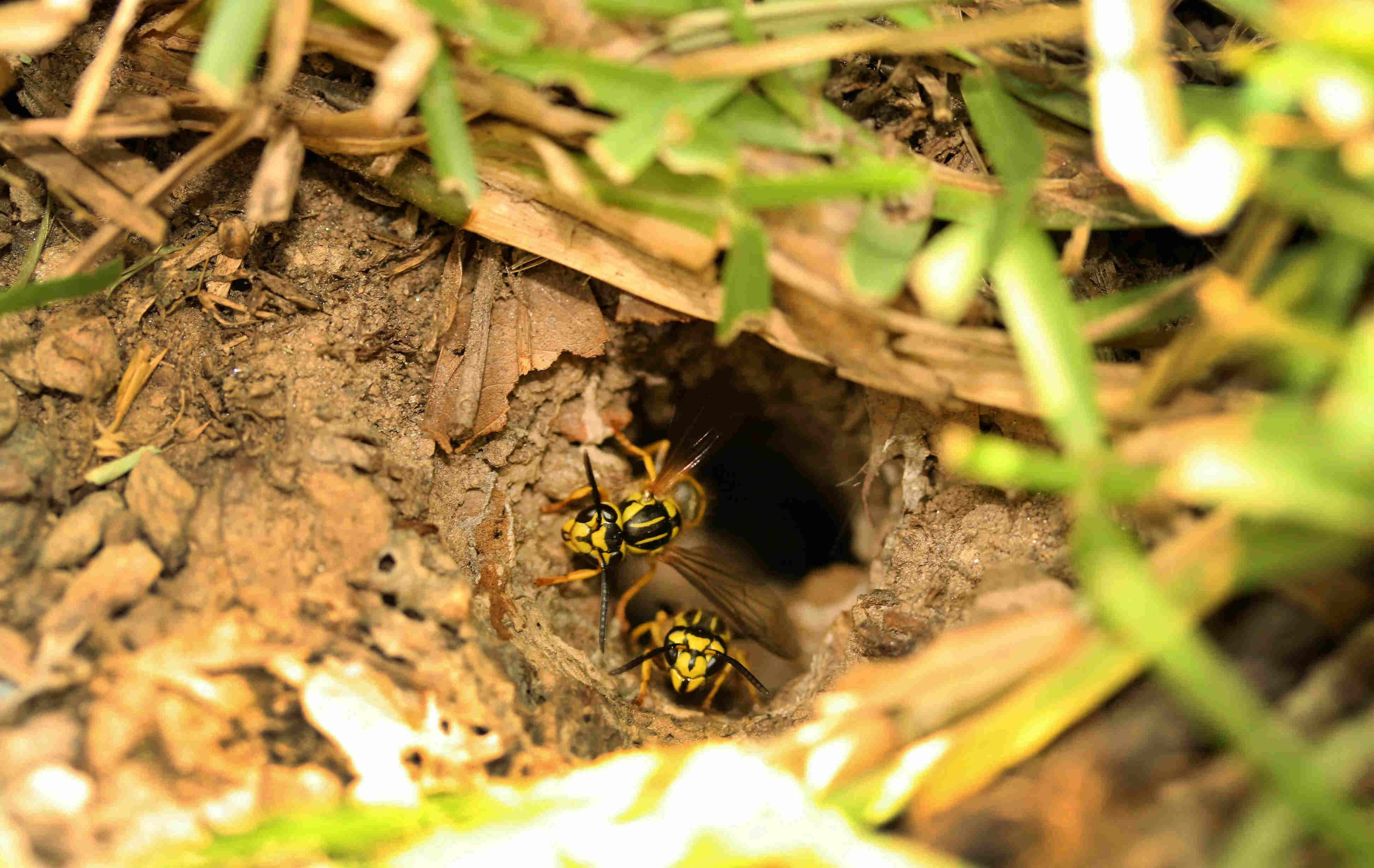
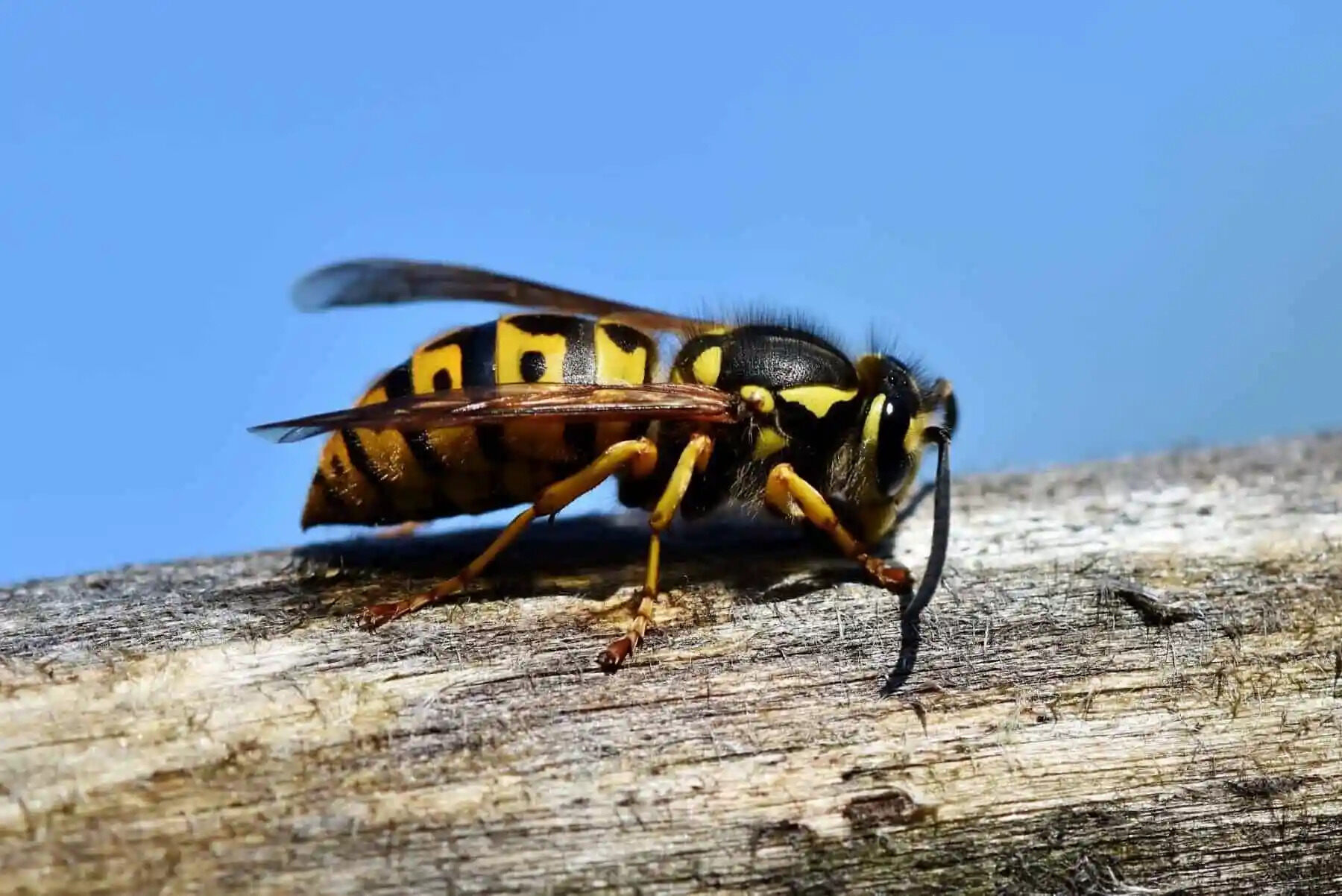

0 thoughts on “How To Repel Yellow Jackets”